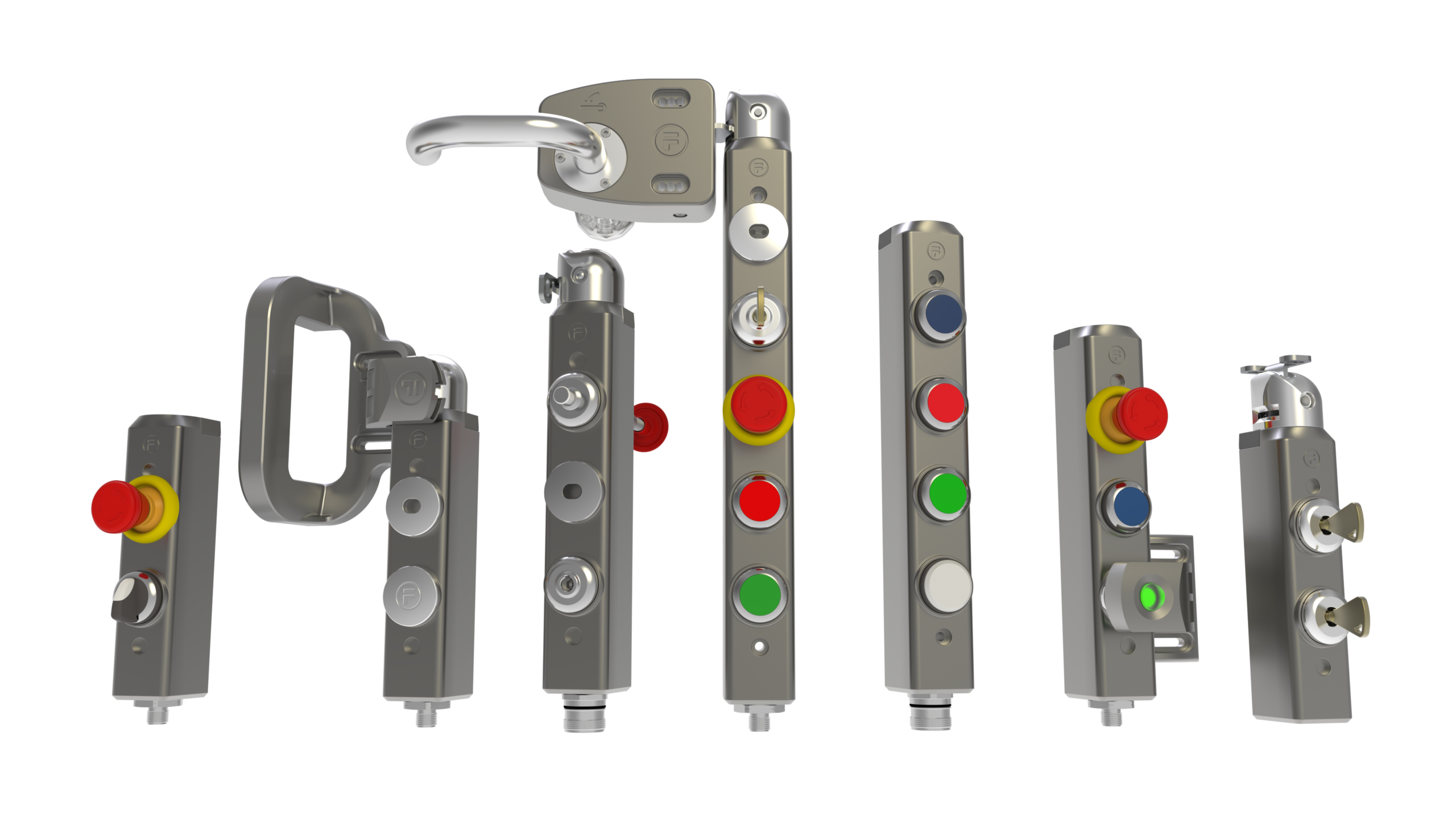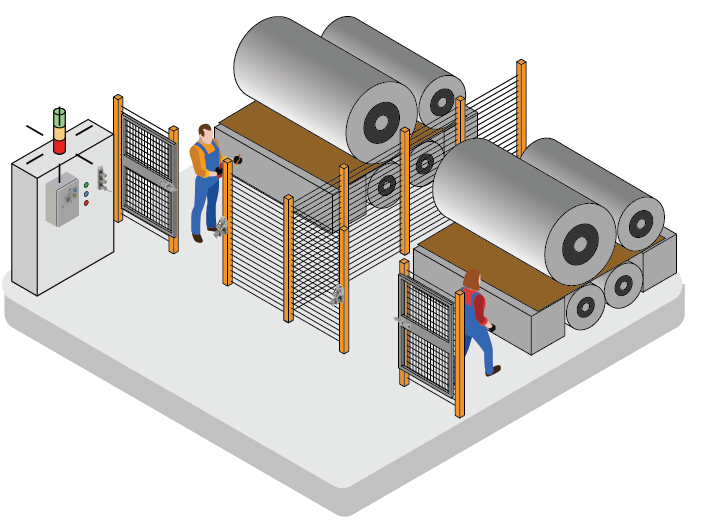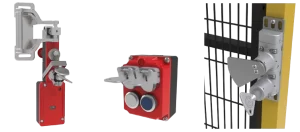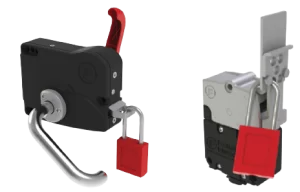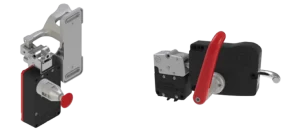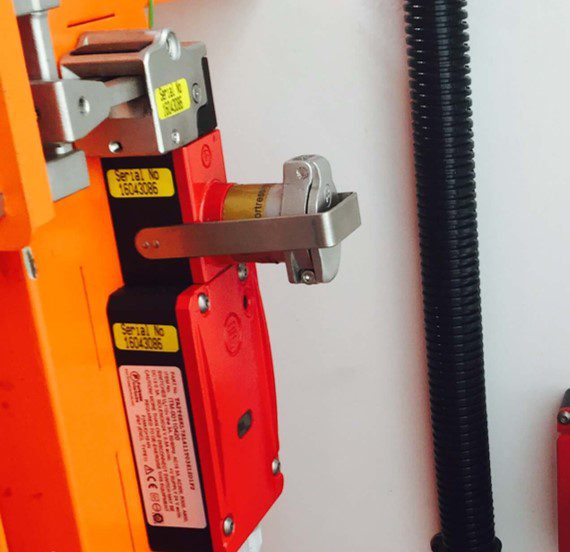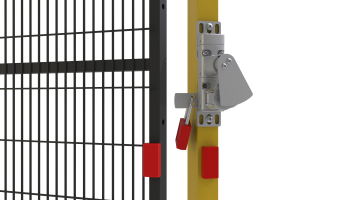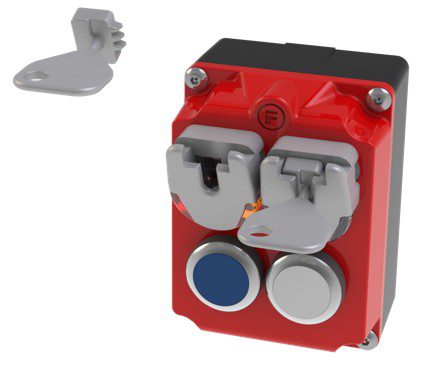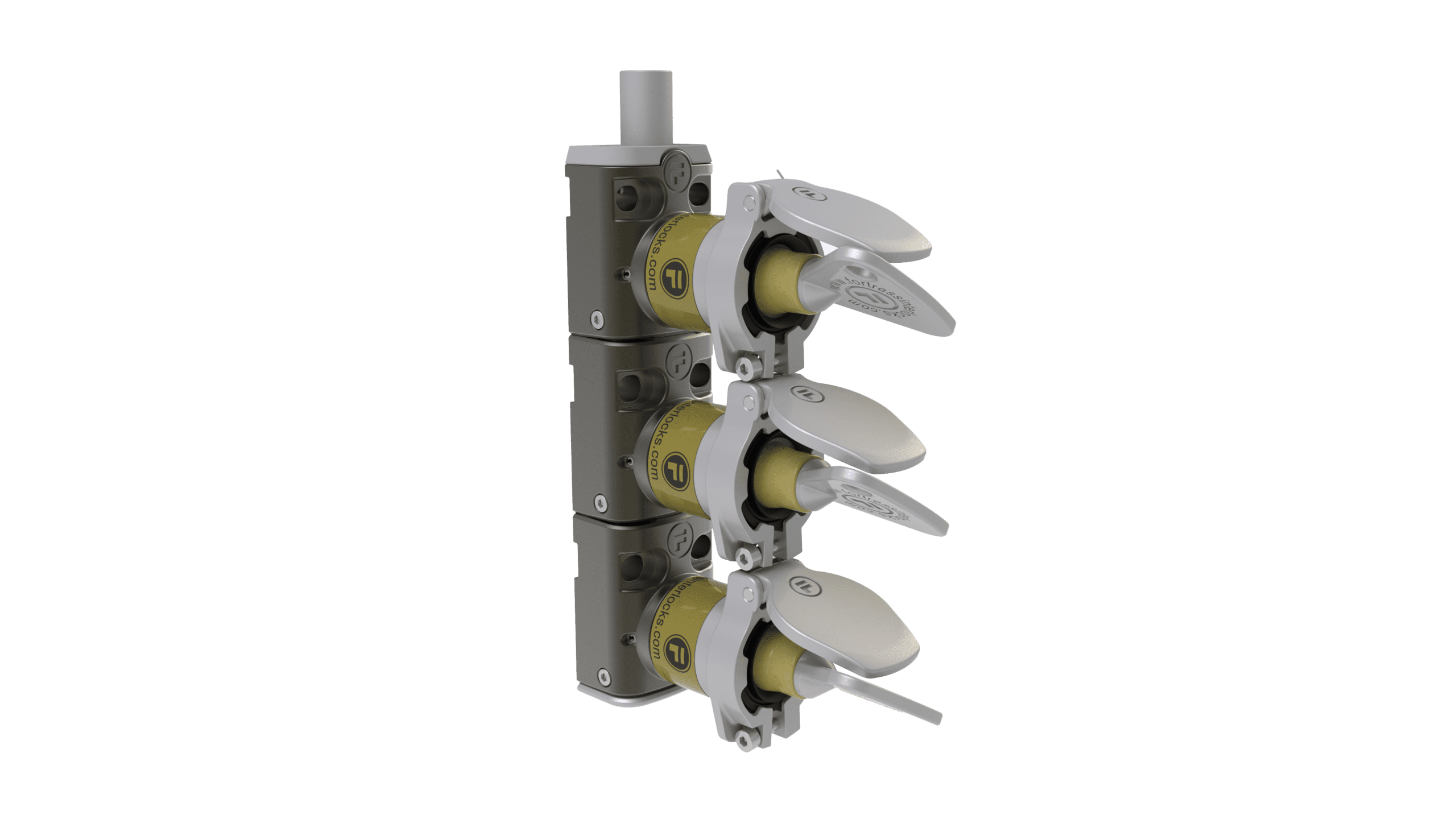What are proactive and reactive inhibit functions and when should they be used?
Inhibit functions are used to reduce risk for personnel while inside a safeguarded space. Proactive inhibit functions give individuals control to prevent a machine from being reset while they are inside the space, whilst reactive inhibit functions allow them to escape the area or stop a reset that has been inadvertently initiated.
Below more information on what proactive and reactive inhibit functions are, as well as some examples.
In whole body access applications – any situation where a person can be completely inside a safeguarded space – it is important to make sure that the machine cannot be reset while personnel is still inside the space.
The method chosen to prevent unexpected start-up will be dependent on the risk assessment. This could include placing a manual reset device in a location with a full view of the entire safeguarded space, or by using presence sensing devices to detect people in unobservable locations.
However, these options are not always possible or practical due to the size, layout, or environment of the safeguarded space. In such situations inhibit functions should be considered.
The two types of inhibit functions are proactive and reactive inhibit functions.
Proactive Inhibit Functions
Proactive inhibit functions give an individual control to prevent a machine being reset while they are inside the safeguarded space.
An example is interlock blocking, preventing an interlock from being closed. This can be achieved by applying a personal padlock onto the interlock (or its actuator), or by using a personnel key which the operator takes into the safeguarded space.
In both cases the guard cannot be locked while personnel are inside, and the machine cannot be reset.
Reactive Inhibit Functions
Used in the event of inadvertent restart of a hazardous situation, reactive inhibit functions give personnel the ability to avoid exposure to hazards if they become trapped.
The most common example is an escape release function, used in conjunction with an initiation warning system. The interlock must be easily openable from inside the safeguarded space in all modes of operation, even if the power has failed.
Operating the interlock with an escape release function must initiate a stop command and unlock the device, allowing personnel to exit.
Examples of Inhibit Functions
Examples of Inhibit Functions
Related products
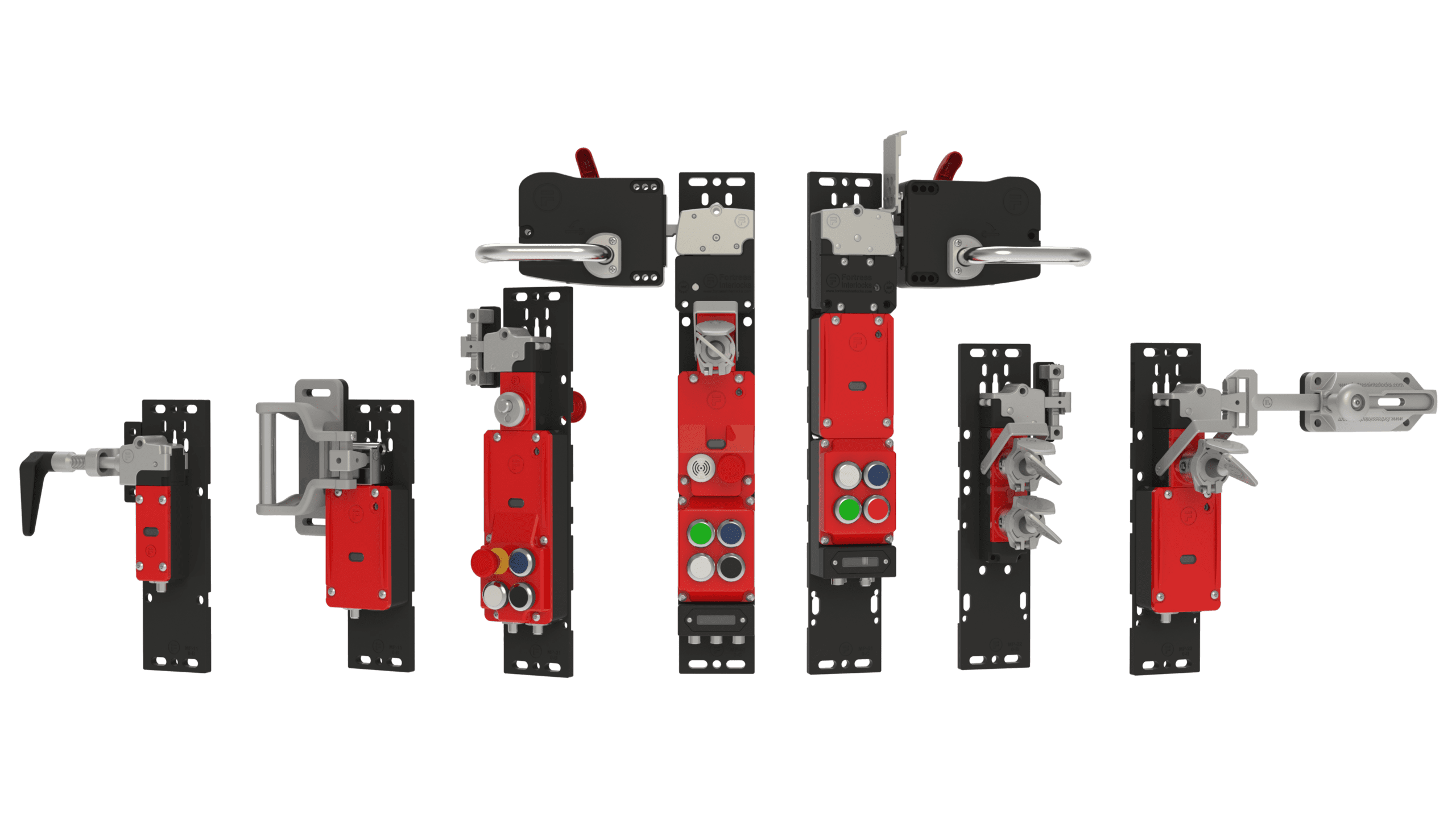
amGardpro
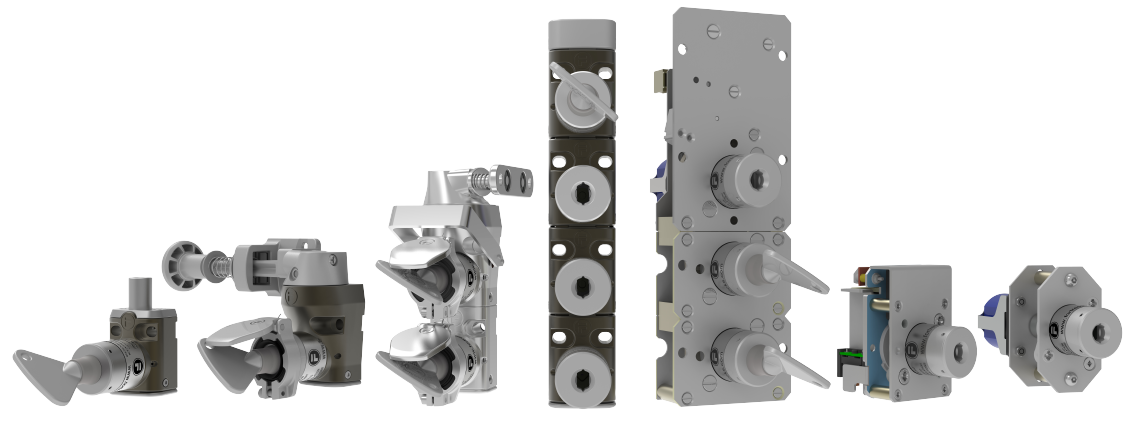
mGard
